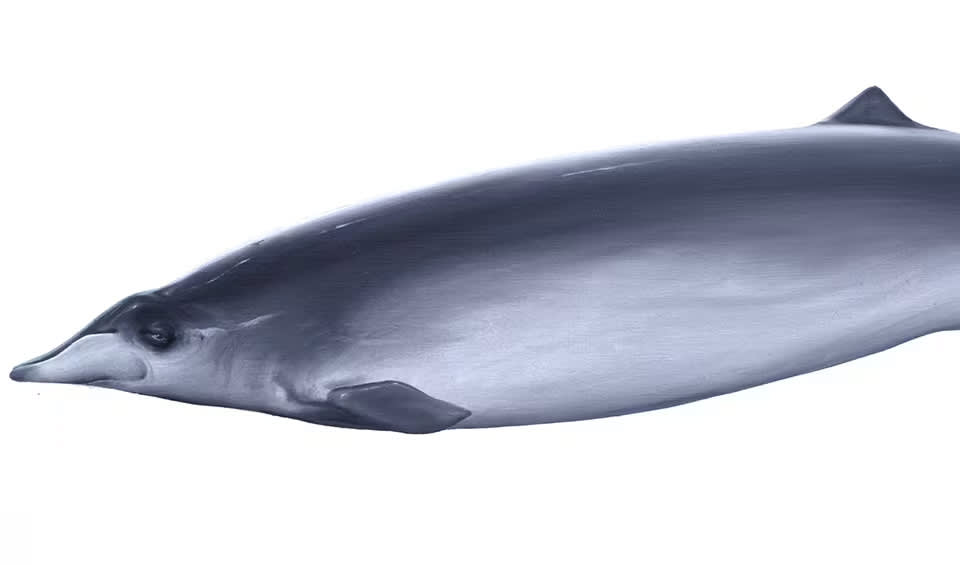Mesoplodon
The largest genus of the cetacean order is probably also the most poorly researched group of mammals
Mesoplodon, representing the largest genus within the cetacean order, encompasses a diverse group of beaked whales that remain among the least understood marine mammals. This genus is notable for its members’ deep-diving capabilities and elusive nature, contributing to the scarcity of detailed scientific knowledge about them. Mesoplodon species are distributed across various oceanic environments, from temperate to tropical waters, highlighting their adaptability to different marine habitats.
Typically, Mesoplodon whales measure between 3.9 to 6.2 meters (13 to 20 feet) in length, showcasing a spindle-shaped body optimized for deep diving. These whales are characterized by their small dorsal fin, short, narrow flippers, and distinctively small, tapered heads. One of the most intriguing physical features of Mesoplodon whales is their asymmetrical blowhole, a trait that adds to the mystique of these deep-sea dwellers. Despite the sizeable number of species within this genus, sexual dimorphism remains poorly understood, with observations suggesting that females are either the same size or larger than males in at least some species.
The Mesoplodon genus is a testament to the diversity and complexity of marine life, encompassing species with varying physical characteristics and ecological niches. However, their deep-sea habitat and infrequent surface appearances have made them challenging subjects for research. The genus once included the tropical bottlenose whale, which has since been reclassified into the genus Indopacetus, underscoring the ongoing evolution of scientific understanding regarding these enigmatic creatures.
Due to their reclusive nature and preference for deep waters, Mesoplodon whales face threats from human activities that are often more difficult to quantify than those impacting more coastal or surface-dwelling species. Entanglement in fishing gear, ingest of marine debris, and noise pollution from maritime traffic and naval sonar operations are significant threats that can disrupt their natural behaviors and potentially lead to mortality.
Species in this genus
Pygmy beaked whale
The most recently described and smallest member of toothed whales –it was only classified as a distinct species in 1991


